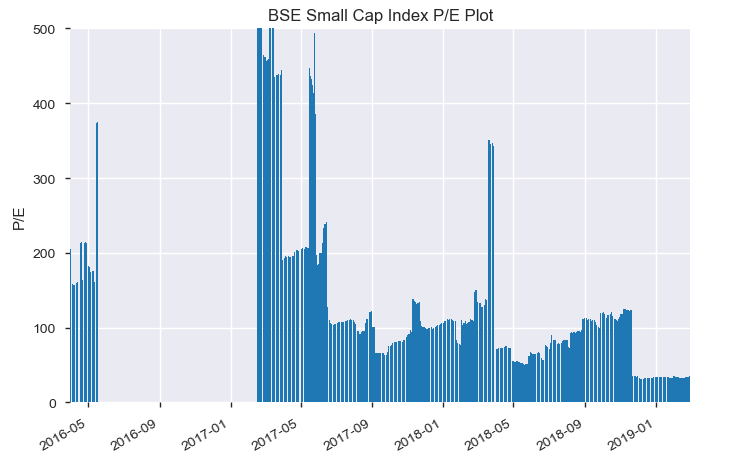Dear @Rajhans. Thats a good question since we are investing for the future. The returns will accrue only in the future so thinking more about that is more important than most other investment matters.
There are to me two parts to it;
A. Fundamental Investing; Buying future earnings of an enterprise and waiting for the earnings to be earned. This one is simple and does not need a high IQ.
B. The Impact of Market Participants; So today for example in India shockingly only around 3 percent of investing is delivery based and a whopping 97% is other forms of investing (futures and options etc). So we at VP are a genuine minority 
This second game has many warped minds who are constantly betting with other people’s money.
More so, a large part of this is becoming automated, so for example a computer can do option pricing much faster and better than a human being, and will be trading in and out based on the formulas entered into it.
Adding a layer of AI to generic computing the AI will also be able to sense “greed” and “fear” and react accordingly while scanning hundreds of stocks much faster than we humans can process information and would have executed a trade by the time we blink.
I mean I can go on but the gist of the above is that computing in its various forms will take over the day to day markets and some humans will keep trying to rationalize what happened without understanding “rationality happened” since computers will have lower and lower behavioral biases as they keep fine-tuning themselves with the assistance of the AI on whether it makes a profit or loss. We don’t have much of a chance there.
The one edge now and many years into the future could be “VTC” orders that get filled when the computers “lose their minds” and face a “glitch”. When they cause flash crashes (which are what I think will increase going into the future) we can fill our coffers with stocks when computers once in a while behave irrationally.
Money and computers are an irresistible combination and in combination both can make any person heady and giddy with greed (which is rational greed, imho). So persons with access to such technology and the ability to deploy it are going to, more and more.
Our future (10-25 years out) is to buy into such funds and play the wondrous computer video game. Today there is still games available for us, and it would be simplistic to think that computers will leave the small cap game to us to continue playing. Computers have taken over cars, aeroplanes, healthcare and everything else, they will not leave the epicenter of money power.
This is a link to Renaissance Fund: https://en.wikipedia.org/wiki/Renaissance_Technologies
They have been deploying quant like no one else and have delivered a mind boggling return. To quote one source “From 2001 through 2013, the fund’s worst year was a 21 percent gain, after subtracting fees. Medallion reaped a 98.2 percent gain in 2008, the year the Standard & Poor’s 500 Index lost 38.5 percent.” This should be a good explanation of the wealth that can be generated with the right models.
So, the direction is clear, and the money game will make us and the younger generation that follow us play this game in a new and interesting manner.
To those who think computers will not take away the edge, they haven’t worked with computers much.



